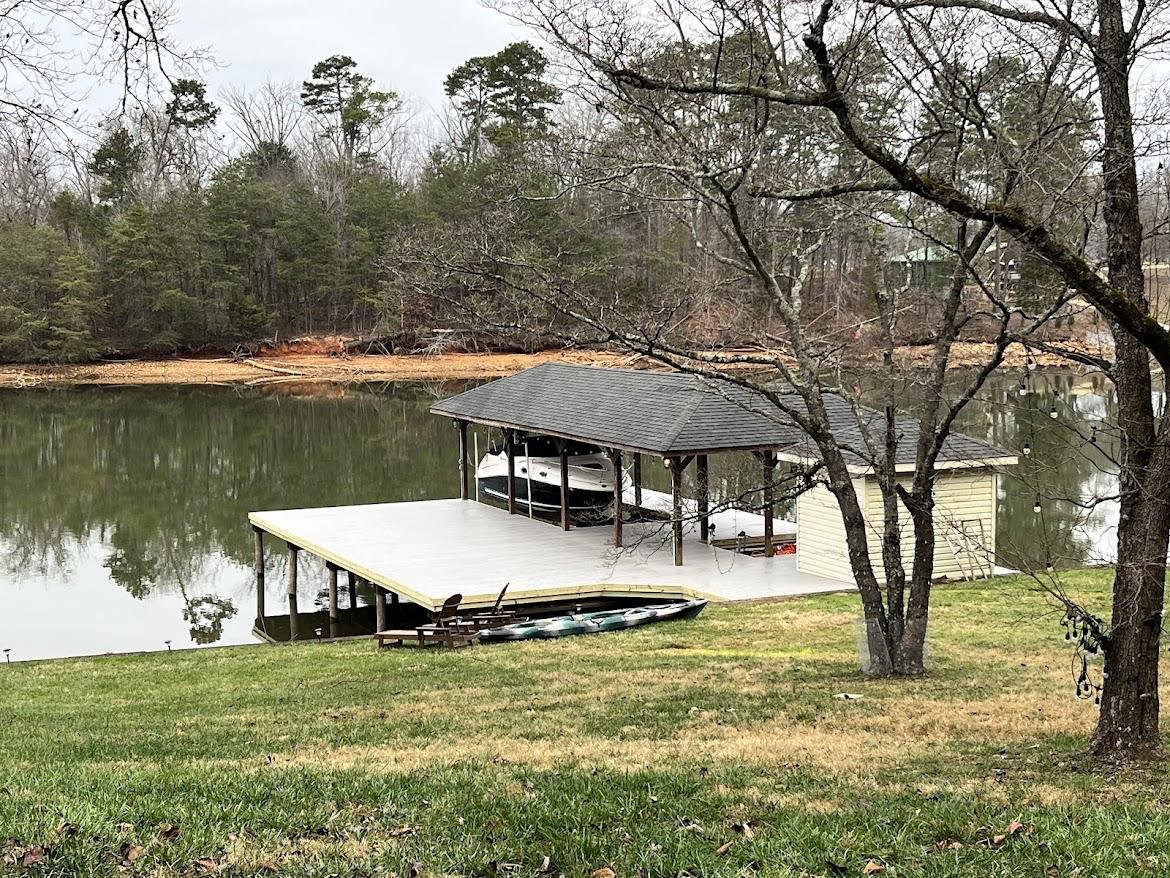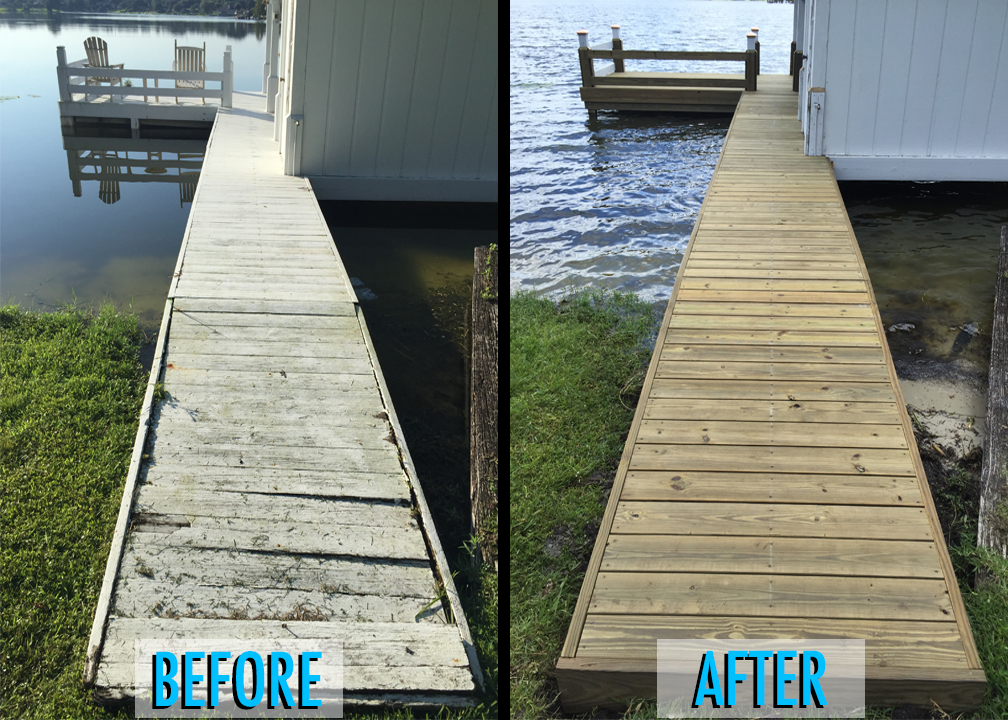Efficient Dock Repair Techniques: Making Certain Architectural Honesty
Guaranteeing the architectural honesty of anchors through efficient fixing techniques is critical for the longevity and safety of aquatic facilities. Consequently, picking the best fixing materials, such as corrosion-resistant alloys and composite materials, is essential for resilience.
Evaluating Dock Damage
Evaluating dock damage is a critical initial step in guaranteeing the structural honesty and safety of any docking facility. This initial assessment involves an extensive examination to identify both concealed and visible problems. Trick aspects to take a look at include the dock's foundation, pilings, outdoor decking, and equipment. Each part has to be scrutinized for indications of wear, rot, deterioration, or other types of degradation that could jeopardize the architectural stability.
Structural engineers or certified examiners normally execute these analyses using specialized techniques and devices. For instance, underwater inspections could utilize finder tools or from another location ran lorries (ROVs) to detect submerged damage. Over water, visual inspections are complemented by utilizing moisture meters and various other diagnostic devices to uncover underlying concerns not instantly visible to the nude eye.

Picking Repair Service Materials
Picking the appropriate repair work products is a crucial action in the dock reconstruction procedure, one that straight influences the longevity and efficiency of the fixed framework. Product option should be driven by aspects such as ecological conditions, load-bearing demands, and compatibility with existing dock parts. Timber is a standard option for anchors due to its natural strength and aesthetic appeal. Nonetheless, picking the appropriate type of timber, such as pressure-treated lumber or normally rot-resistant species like cedar or teak, is vital to withstand marine settings.
Along with wood, composite materials are significantly preferred because of their resilience and low maintenance demands. Compounds, normally made from a mix of plastic and wood fibers, provide excellent resistance to rot, insects, and UV damage. For metal docks, choosing corrosion-resistant alloys such as galvanized steel or marine-grade light weight aluminum is necessary to avoid corrosion and make certain structural honesty in saline water conditions.
Epoxy materials and marine-grade sealers are indispensable for fixing splits and securing joints, providing a waterproof obstacle and enhancing the dock's total toughness. By carefully choosing high-quality products, dock repairs can attain durable results, thereby safeguarding versus future deterioration and guaranteeing risk-free, dependable use.
Structural Reinforcement Techniques
Efficient architectural support techniques are crucial in making certain the stability and durability of dock repair work. This technique is particularly reliable for docks subjected to heavy loads or harsh environmental problems.
Another vital technique is the application of fiber-reinforced polymers (FRP) These products supply high strength-to-weight ratios and exceptional resistance to deterioration, making them ideal for enhancing wood or concrete anchors. FRP can be applied in sheets or strips and bound with epoxy resins to improve structural honesty.
Supporting and securing systems additionally play a crucial function in architectural reinforcement. Cross-bracing, utilizing steel or wooden beams, can combat side Our site forces, reducing persuading and activity. Securing systems, such as helical piers or driven heaps, provide a steady foundation by transferring lots to deeper, a lot more secure soil layers.
Last but not least, the assimilation of load-distribution plates can aid disperse weight much more equally throughout the dock's surface area, reducing localized anxiety points. These methods collectively make certain that docks stay secure and durable, efficient in enduring the rigors of their operational setting.
Advanced Fixing Approaches

Another sophisticated method involves underwater welding, which enables for fixings to be carried out without the need to dewater the location. This approach is especially helpful for dealing with structural issues in immersed dock components, making certain very little interruption to procedures. Improved welding techniques, paired with robot systems, deliver precision and integrity, thereby prolonging the lifespan of the dock.
In addition, cathodic protection systems are implemented to stop corrosion in metallic dock structures. By making use of sacrificial anodes or impressed present systems, these strategies effectively alleviate the electrochemical processes that result in material wear and tear.
Finally, advanced tracking innovations, such as structural health tracking (SHM) systems, provide real-time information on the condition of dock structures. These systems enable proactive upkeep and timely interventions, eventually making sure the lasting structural honesty of the dock.
Maintenance and Avoidance
Maintenance and prevention are fundamental principles that underpin the long life and security of dock structures. Normal evaluations are extremely important, permitting early detection of deterioration, possible weak points, and environmental effects. A proactive method, entailing regular look for rust, rot, and architectural changes, alleviates pricey repair services and lengthens the dock's operational life.
Safety nets must consist of applying protective coverings to metal elements to secure against rust and using cured timber to stand up to decay. Furthermore, making sure proper drain and ventilation can protect against water buildup, which is an usual root cause of architectural degradation. Including top quality products and sticking to manufacturer standards throughout construction and repair service stages additionally play crucial duties in improving sturdiness.

Educating workers in dock maintenance finest techniques makes certain consistent application of preventative actions. Leveraging technological advancements, such as drones for examinations and sensors for real-time surveillance, can better improve upkeep efforts. By prioritizing maintenance and avoidance, dock proprietors can ensure architectural honesty, functional security, and cost-efficient management over the dock's life-span.
Verdict
In verdict, keeping the architectural stability of aquatic centers requires detailed dock repair work techniques. Comprehensive examinations making use of innovative tools uncover both noticeable and hid damages, while the option of suitable repair materials improves sturdiness. Implementing architectural support approaches addresses anxiety factors properly. Advanced repair service techniques, combined with regular upkeep methods, make sure the dock stays secure and functional under diverse environmental problems. Taking on these approaches dramatically prolongs the lifespan and performance of marine framework.
Making sure the structural stability of docks with efficient fixing strategies is extremely important for the longevity and safety and security of marine centers.Picking the appropriate repair materials is a crucial action in the dock repair procedure, one that straight influences the longevity and performance of the repaired framework.Effective architectural reinforcement techniques are important in making certain the stability and longevity of dock repair work. By prioritizing maintenance and avoidance, dock owners can ensure structural honesty, functional safety and security, and economical administration over the dock's life expectancy.
In verdict, preserving the architectural stability of marine centers requires detailed dock repair work methods.